
6 Books to Check Out if You Loved HAMNET by Maggie O’Farrell
William Shakespeare’s son Hamnet died in 1596 at age 11, but few details are confirmed about him. Maggie O’Farrell’s 2020 novel Hamnet brilliantly imagines Hamnet’s short life and his family. The character loosely based on Anne Hathaway (Shakespeare’s wife) is named Agnes, and Shakespeare is never referred to by name. The author’s note explains that Hamnet and Hamlet are the same name and that Anne Hathaway’s father called her Agnes in his will.
O’Farrell explains that the novel draws on the few facts known about Shakespeare’s life. It also incorporates timeless themes often found in Shakespeare’s works: family love, siblings — even siblings who switch places — and the loss of a child. If you loved Hamnet as much as I did, you might also love these books about plagues, familial love, grief, and Shakespeare himself.
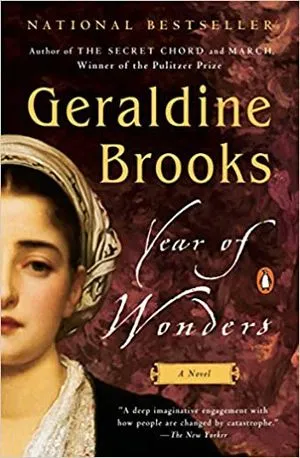
Year of Wonders by Geraldine Brooks
This historical novel was inspired by Eyam, a real-life 17th century “plague village” in the English countryside. In 1666, a pastor inspires his congregation in the novel’s fictional village to quarantine to slow the spread of the Plague. This novel also shows how capable women who practiced herbal remedies were often targeted as dangerous witches — a topic Hamnet touches on as well.
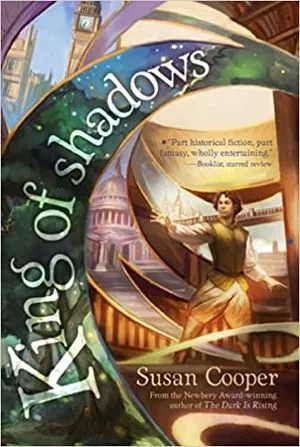
King of Shadows by Susan Cooper
This middle grade fantasy novel was published in 1999, two years after the new Globe Theatre opened. The young protagonist, Nathan Field, travels back in time from 1999 to 1599 and befriends Shakespeare. In a scene that still moves me 20 years after I first read it, Nat bonds with Shakespeare and confides that both of his parents have died. Shakespeare tells Nat about his son Hamnet, who died from the Plague. Nat mishears this as Hamlet. Then Nat pretends he’s never heard of Hamlet, in case Shakespeare hasn’t written that play yet. It’s both a poignant moment and a fascinating time travel paradox.
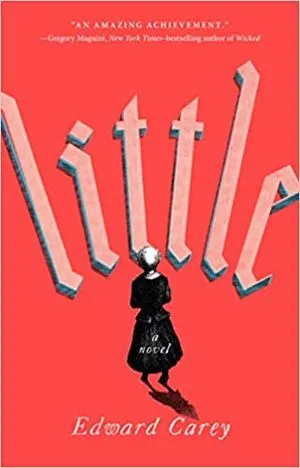
Little by Edward Carey
This vivid historical novel imagines the life of Marie Grosholtz, nicknamed Little in the book, and later called Madame Tussaud. She assists a physician who makes wax models, which sparks her lifelong passion for creating anatomically accurate wax molds. This unusual talent takes her from Versailles to Paris and beyond. The book is unsurprisingly gruesome, but the setting of 18th century Paris and the character Curtius, Little’s shy mentor and father figure, are especially fascinating.
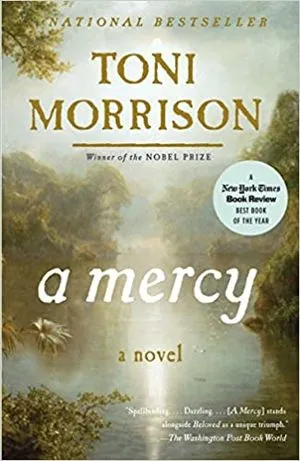
A Mercy by Toni Morrison
Toni Morrison’s 2008 novel follows an enslaved Black mother and her daughter, an Indigenous laborer, and Dutch slaveowners in New York in the 1600s. Lina, the Native laborer, is one of the only members of her tribe who survived a smallpox epidemic. Like Morrison’s Beloved, this is a short and unforgettable novel about family and the traumas of slavery. Like Hamnet, it also shows how European trade and colonialism exacerbated epidemics.

The Birchbark House by Louise Erdrich
Erdrich’s middle grade historical fiction series follows Omakayas, an Ojibwe girl growing up near the Great Lakes in the 19th century, from age 7 until adulthood. Although the setting is totally different from Hamnet’s, family love and passing down traditions are important themes in both authors’ works. Surviving an epidemic is central to the plot, especially in the first Birchbark House book.
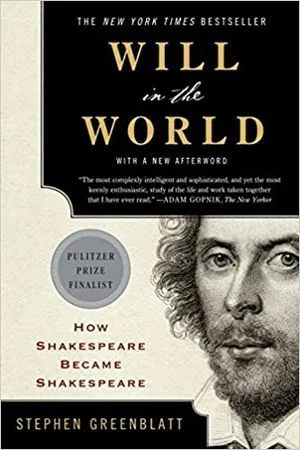
Will in the World: How Shakespeare Became Shakespeare by Stephen Greenblatt
This nonfiction book was first published in 2004. Greenblatt, a literary historian and scholar of Shakespeare, combines biography, speculation, and research about Shakespeare’s Stratford and London. Like Hamnet, this book brings Shakespeare’s world to life and ties together history, religion, Shakespeare’s possible influences, and Hamnet’s death.
If you love Shakespeare, historical fiction, or pandemic literature, try these books. If you’ve ever wondered why Shakespeare lived in London while his wife lived in Stratford, or how Shakespeare’s personal life may have influenced his writing, Hamnet imagines answers to these and many other questions.











